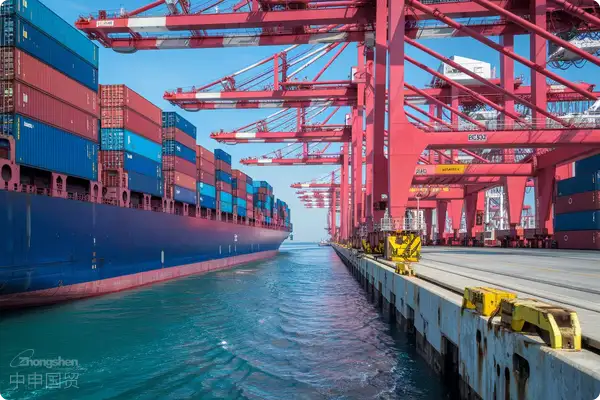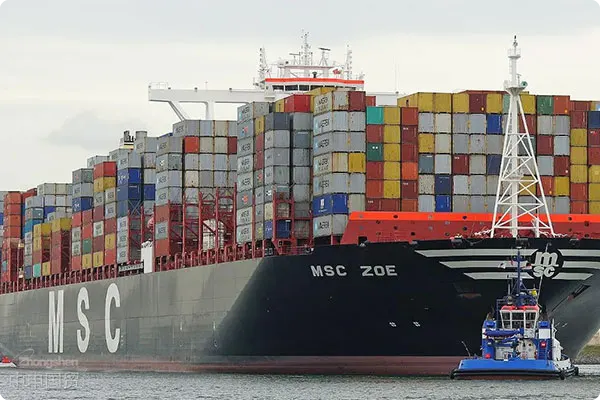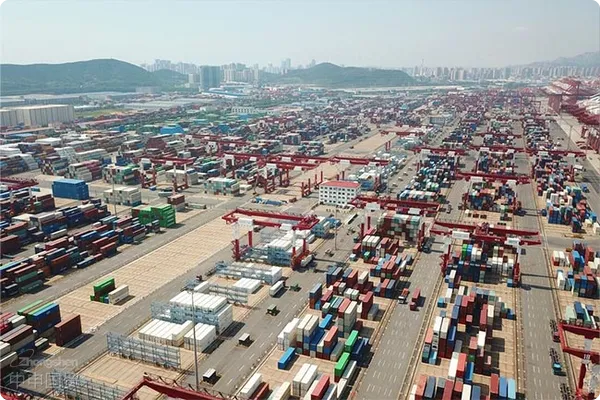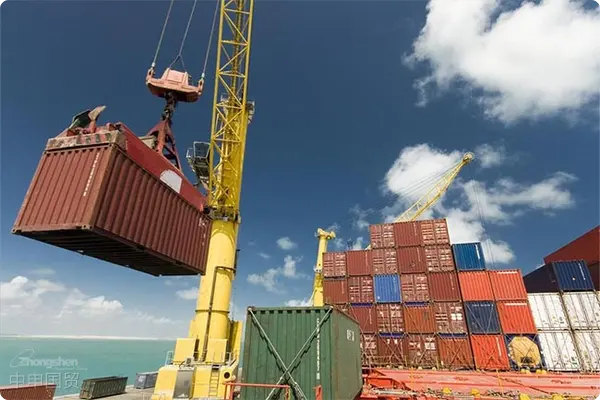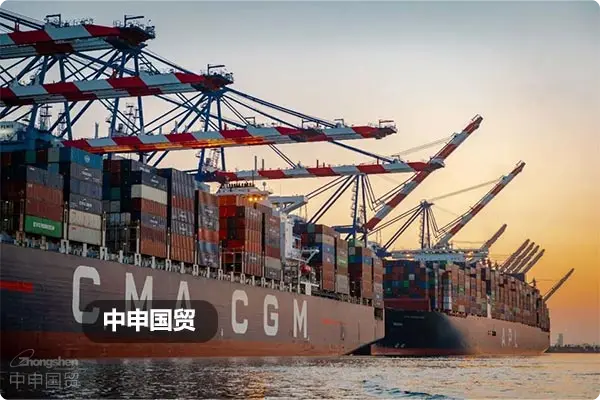- Shanghai Zhongshen International Trade Co., Ltd. - Two decades of trade agency expertise.
- Service Hotline: 139 1787 2118
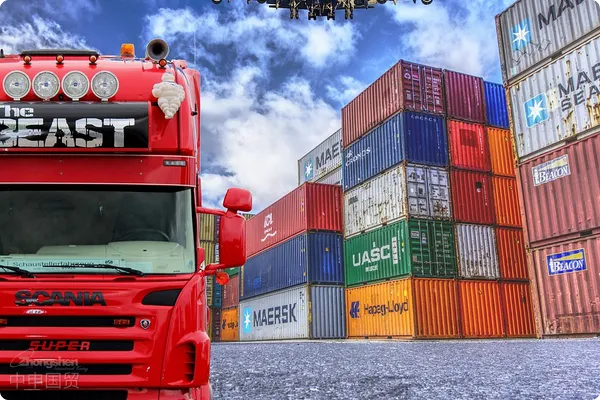
Why was equipment worth tens of millions stranded at port?
In March 2025, a German precision machining center imported by an auto parts manufacturer was stranded at Tianjin Port for 28 days, causing direct losses exceeding 2 million yuan. Customs inspection reports showed:Equipment nameplate technical parameters inconsistent with declaration documents, and supporting safety protection devices lacked EU CE certification documents. This typical case reveals the professional value ofequipment. For example, Indonesia has the SNI certification, Thailand has the TISI certification, and the Philippines has the BPS certification. It is necessary to confirm in advance the equipment voltage (such as 380V/50Hz in Thailand), the compatibility of the CE certification, and the proof of environmentally friendly materials.CCIC agency services.
Three core values of CCIC agency services
- Risk Early - Warning System
- Early identification of equipment access defects
- Predicting localization modification technical difficulties
- Compliance modification navigation
- Developing electrical modification plans compliant with GB/T 5226.1 standards
- Coordinating CNAS-certified laboratories to complete rectification verification
- Customs clearance time guarantee
- Document pre-review to shorten customs inspection cycles
- Emergency channels for sudden technical disputes
Six key steps for import equipment inspection
Standard service process of professional agencies includes:
- Technical document compliance review (focusing on ISO certification documents verification)
- On-site verification of equipment safety protection devices
- Operation test data collection and analysis
- Feasibility demonstration of rectification plans
- Supervision of localization modification process
- Full preparation of customs release documents
Five golden rules for selecting agencies
- Specific equipment inspection qualifications: Whether possessing special qualifications for pressure vessels/explosion-proof equipment etc.
- Technical team composition: Ratio of electromechanical engineers to customs certification experts
- Case database: Number of successful rectification cases for similar equipment
- Emergency response mechanism: Average response time and success rate for dispute resolution
- Service network coverage: Distribution of localized service networks at major ports
Typical service failure case analysis
A food machinery importer suffered due to agency negligence:
- Failed to detect 15% deviation between equipment operating voltage and Chinese standards
- Omitted updated version of Russian GOST certification documents
- Misestimated CNAS certification cycle required for protective cover modification
Professional agency approval through3D modeling pre-reviewandPre-connection of modification resources, can eliminate such risks before shipment.
Key updates to 2025 inspection standards
- Added smart equipment data security review module
- Strengthened quantitative evaluation standards for used equipment wear degree
- Expanded application scope of ATEX directive for explosion-proof equipment
Professional agencies need to equipLaser scannersand other new detection equipment, and master the latest ASTM E2917 standard implementation specifications.
Related Recommendations
? 2025. All Rights Reserved. Shanghai ICP No. 2023007705-2  PSB Record: Shanghai No.31011502009912
PSB Record: Shanghai No.31011502009912
